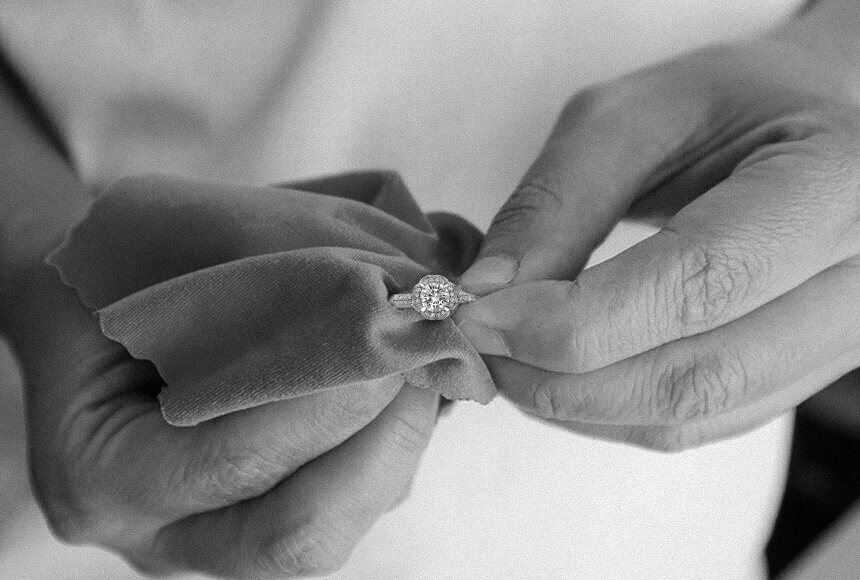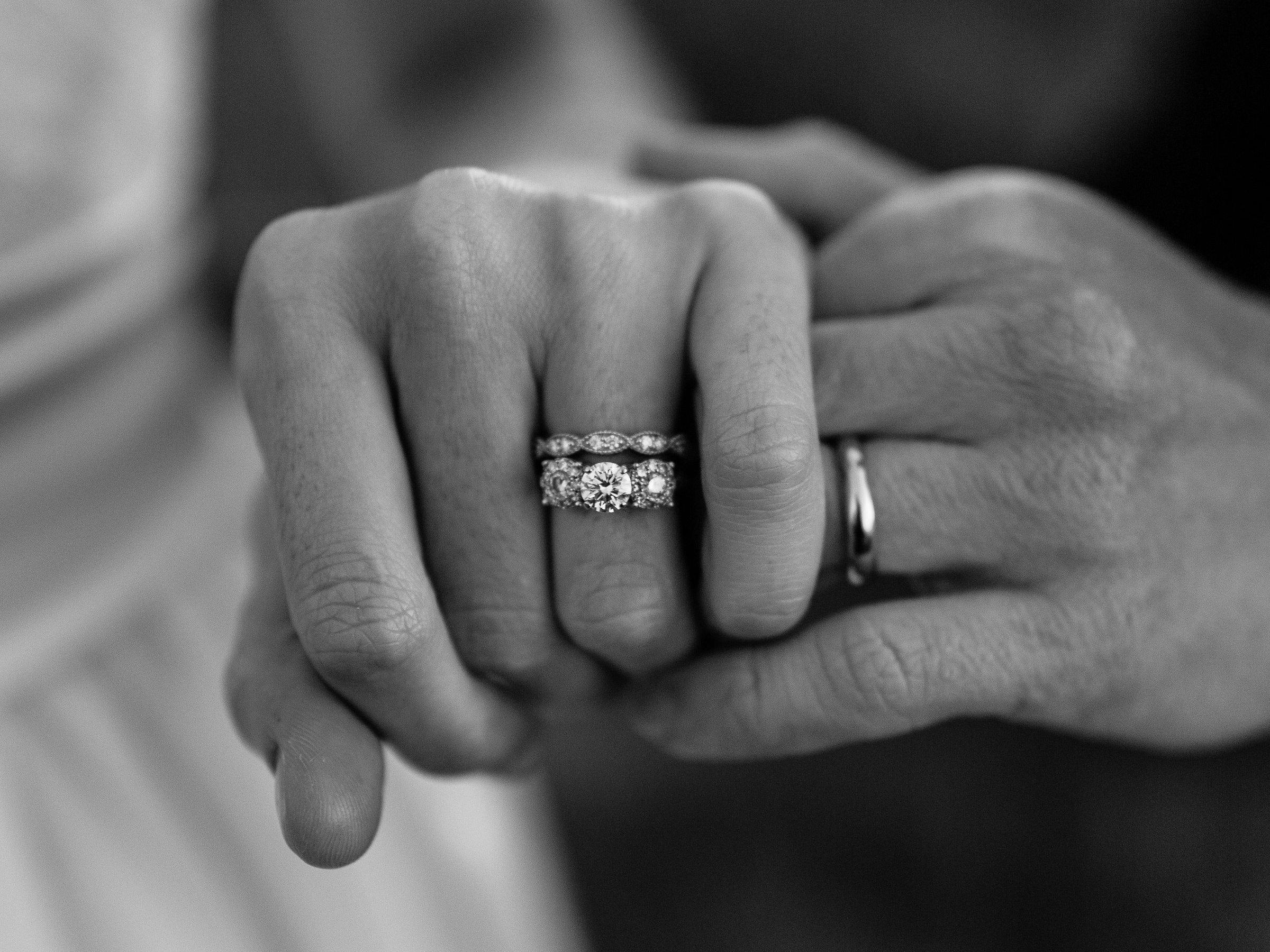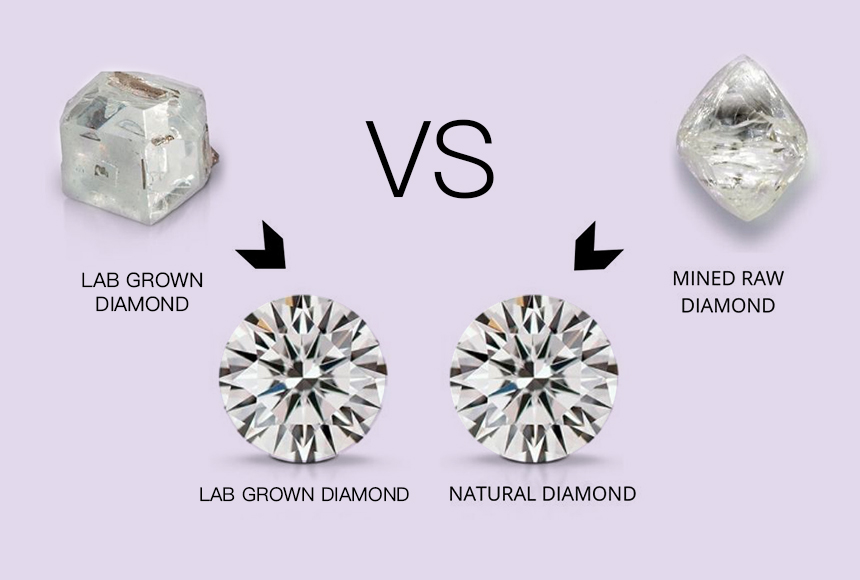Fast Search
- Love Check
- Marquise diamond
- Bypass ring
- Heart ring
- Classic eternal style
- Wedding season
- Trendy style
- Men's ring
- International designers collection

Fast Search
- Love Check
- Marquise diamond
- Bypass ring
- Heart ring
- Classic eternal style
- Wedding season
- Trendy style
- Men's ring
- International designers collection

What are Blood Diamonds?
Sep 27,2023
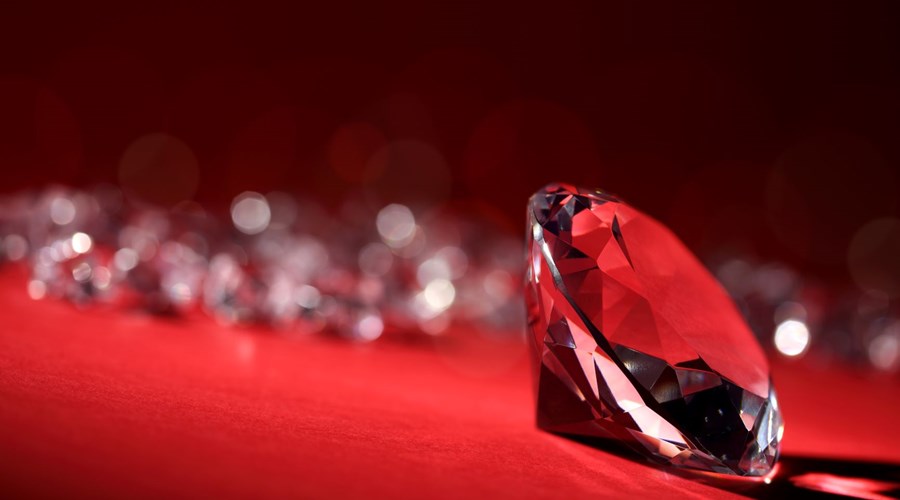
Diamonds, often referred to as a girl’s best friend, have long been associated with beauty, luxury, and everlasting love. However, behind the glimmering façade lies a dark and unsettling reality - blood diamonds. Also known as conflict diamonds, these precious stones have caused immense suffering and devastation in several regions across the globe.
In this article, we will delve into the origins, impact, and efforts to combat the trade of blood diamonds.
Blood Diamond Meaning
Blood diamonds, also known as conflict diamonds, are diamonds that are mined in war zones and sold to finance armed conflict against governments. Blood diamonds (conflict diamonds) are named as such because these diamonds are often extracted under horrific conditions, with slaves, child laborers or underpaid workers subjected to exploitation, violence, and even loss of life.
The term “blood diamond” was popularized in the late 1990s, following the release of a report by Global Witness, a non-governmental organization (NGO) that exposed the link between diamonds and conflict in Angola, Sierra Leone, and other African countries.
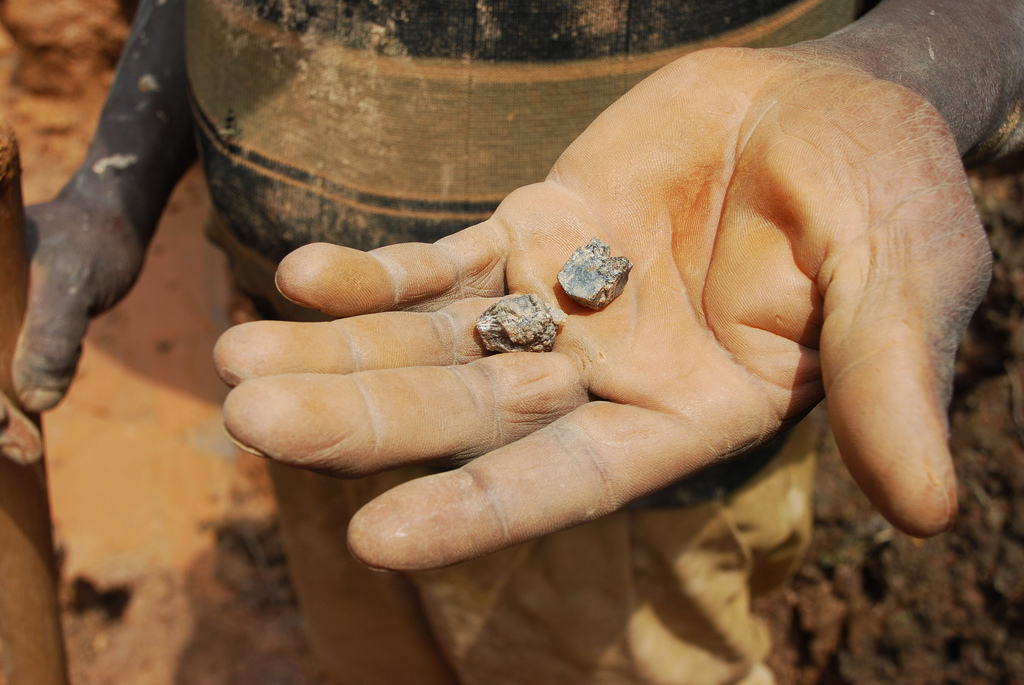
Why are Blood Diamonds Illegal?
Blood diamonds are illegal because the trade of blood diamonds has had devastating consequences for the affected regions. In countries like Sierra Leone, Liberia, and Angola, the profits from blood diamonds have funded brutal civil wars, resulting in the displacement of millions of people, widespread human rights abuses, and the loss of countless lives. These diamonds have become a currency of war, enabling rebel groups to purchase weapons, finance their operations, and perpetuate violence against innocent civilians.
One of the most infamous examples of the blood diamond trade can be seen in Sierra Leone’s civil war, which lasted from 1991 to 2002. Rebel groups, such as the Revolutionary United Front (RUF), used the proceeds from conflict diamond sales to fuel their insurgency. The RUF’s brutal tactics, including the amputation of limbs and the recruitment of child soldiers, shocked the world and brought attention to the horrors associated with blood diamonds.
Who Suffers from Blood Diamonds?
The suffering caused by blood diamonds is extensive and affects various groups of people. In countries where diamond mining is prevalent, human rights abuses such as forced labor, violence, and the use of child soldiers are common.
The local population also suffers from environmental damage, such as water pollution and deforestation.
In addition to the locals, workers in the diamond industry, including cutters and polishers, may also be exploited, working long hours for low pay and in dangerous conditions.
Ultimately, the consumers of these conflict diamonds also suffer as their purchases support a system of violence and exploitation.
What is Kimberley Process?
The Kimberley Process aims to ensure that diamonds are sourced from conflict-free zones and are not used to finance armed conflict.
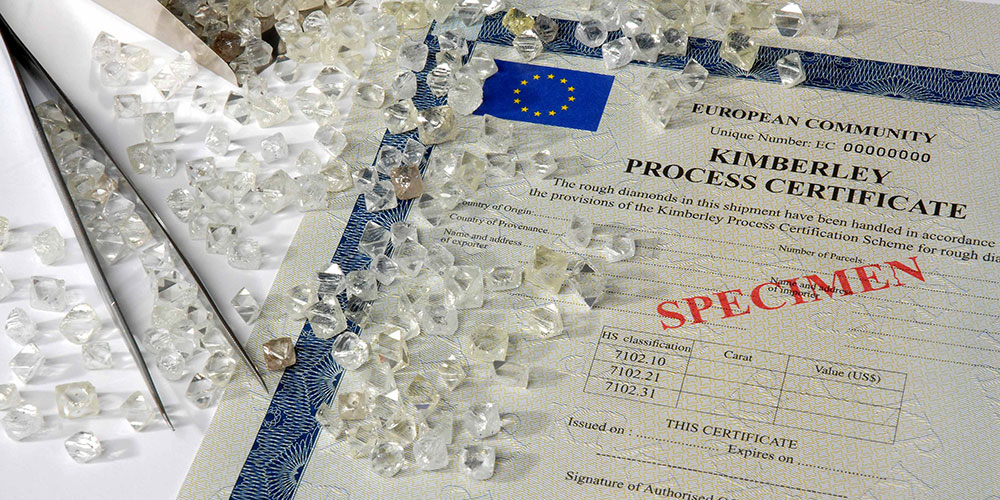
In response to the growing concern over blood diamonds, the international community took action to address the issue. In 2000, the United Nations (UN) established the Kimberley Process Certification Scheme, a joint initiative between governments, NGOs, and the diamond industry.
Under the Kimberley Process, participating countries must implement stringent regulations to prevent the entry of blood diamonds into the legitimate diamond trade. These regulations include the certification of rough diamonds, the establishment of import and export controls, and the monitoring of diamond mining areas.
While the Kimberley Process has made significant progress in reducing the trade of blood diamonds, there have been criticisms regarding its effectiveness and loopholes that allow some blood diamonds to enter the market.
Do Blood Diamonds Still Exist?
Blood diamonds still exist. Despite the efforts of the Kimberley Process, some diamonds still find their way into the legitimate diamond supply chain through illegal means. Smuggling routes, corruption, and lack of transparency in the diamond industry make it difficult to completely eradicate the trade of blood diamonds.
The good news is the number of blood diamonds has significantly reduced thanks to international efforts. Various organizations and initiatives are working tirelessly to address these challenges. NGOs such as Global Witness and Amnesty International continue to raise awareness about the issue and advocate for stricter regulations and transparency in the diamond industry. Additionally, consumer awareness campaigns have played a crucial role in pressuring jewelers and retailers to ensure that their diamonds are conflict-free.
Alternate Diamond Options
● Ethical Diamonds
In recent years, there has been a growing demand for ethically sourced diamonds, leading to the rise of the ethical diamond market. Ethical diamonds, also known as responsibly sourced or eco-friendly diamonds, are mined under fair labor conditions and are free from the taint of conflict. These diamonds are often accompanied by certifications from independent organizations that guarantee their ethical origins.
As consumers become more conscious of the impact of their purchases, the demand for ethical diamonds has seen a significant increase. This shift in consumer behavior has prompted diamond companies to adopt responsible sourcing practices and provide greater transparency in their supply chains. The rise of the ethical diamond market is a positive step towards reducing the demand for blood diamonds and supporting communities in diamond-producing regions.
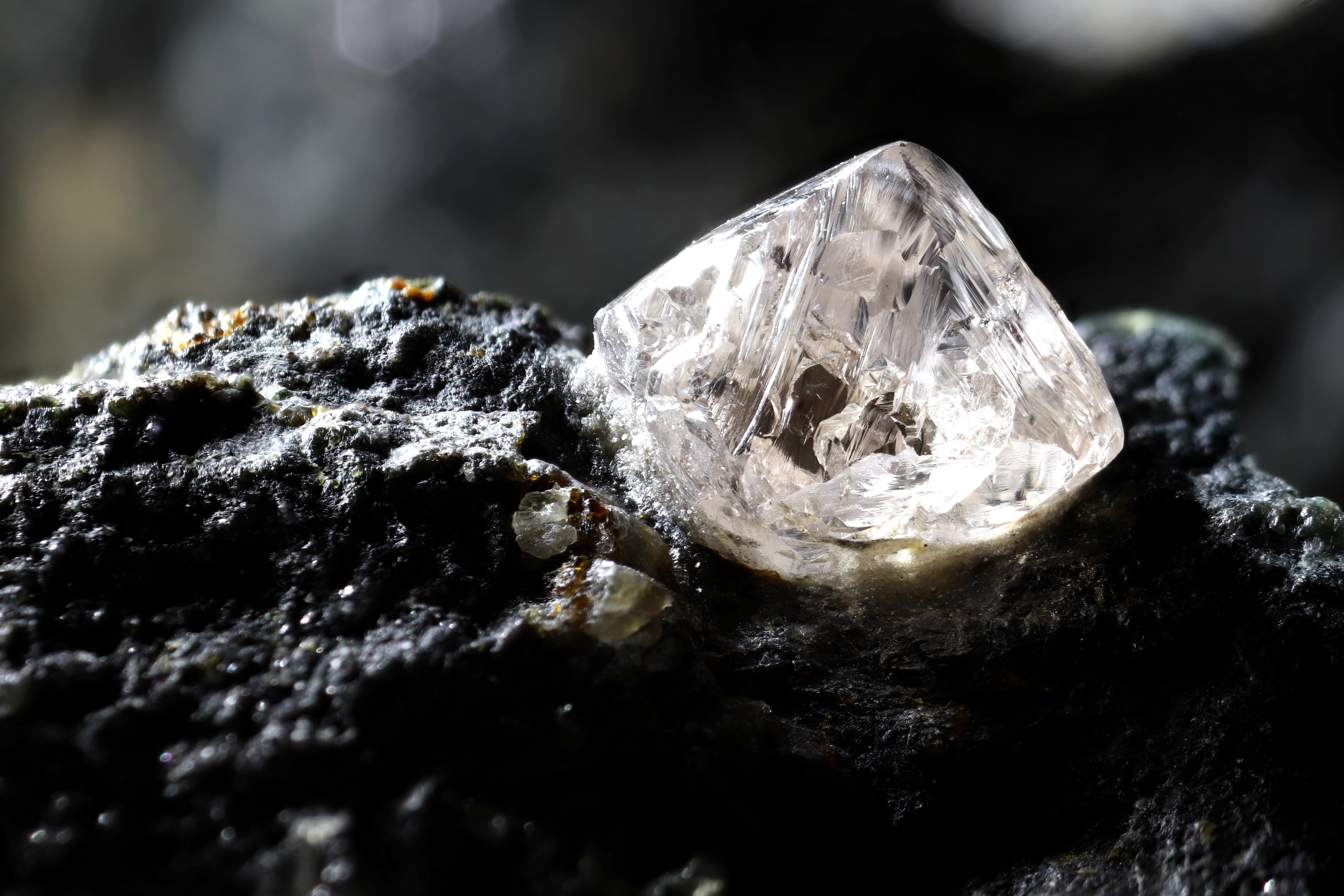
● Lab-grown Diamonds
Lab-grown diamonds play a significant role in combating the trade in blood diamonds by offering consumers an ethical and sustainable alternative to natural diamonds.
Lab-grown diamonds are alternative diamonds with the same physical, chemical and optical properties as natural diamonds, created in a controlled laboratory environment using advanced technology. Because they are not mined from the earth and have a high degree of traceability and transparency, lab-grown diamonds eliminate the human rights abuses, child labor, and environmental damage that can occur in the mining of blood diamonds. Moreover, they allow consumers to verify the origin and authenticity of the diamonds.
● Darry Ring Diamonds
Darry Ring is a jewelry brand dedicated to spreading love, truth, and beauty. We are committed to creating fine jewelry and exclusive diamond rings that make you feel the ultimate beauty of love. As such, we work with responsible diamond suppliers that adhere to relevant regulations and ethics, ensuring that every Darry Ring diamond is sourced formally and ethically in accordance with the highest social and environmental standards.
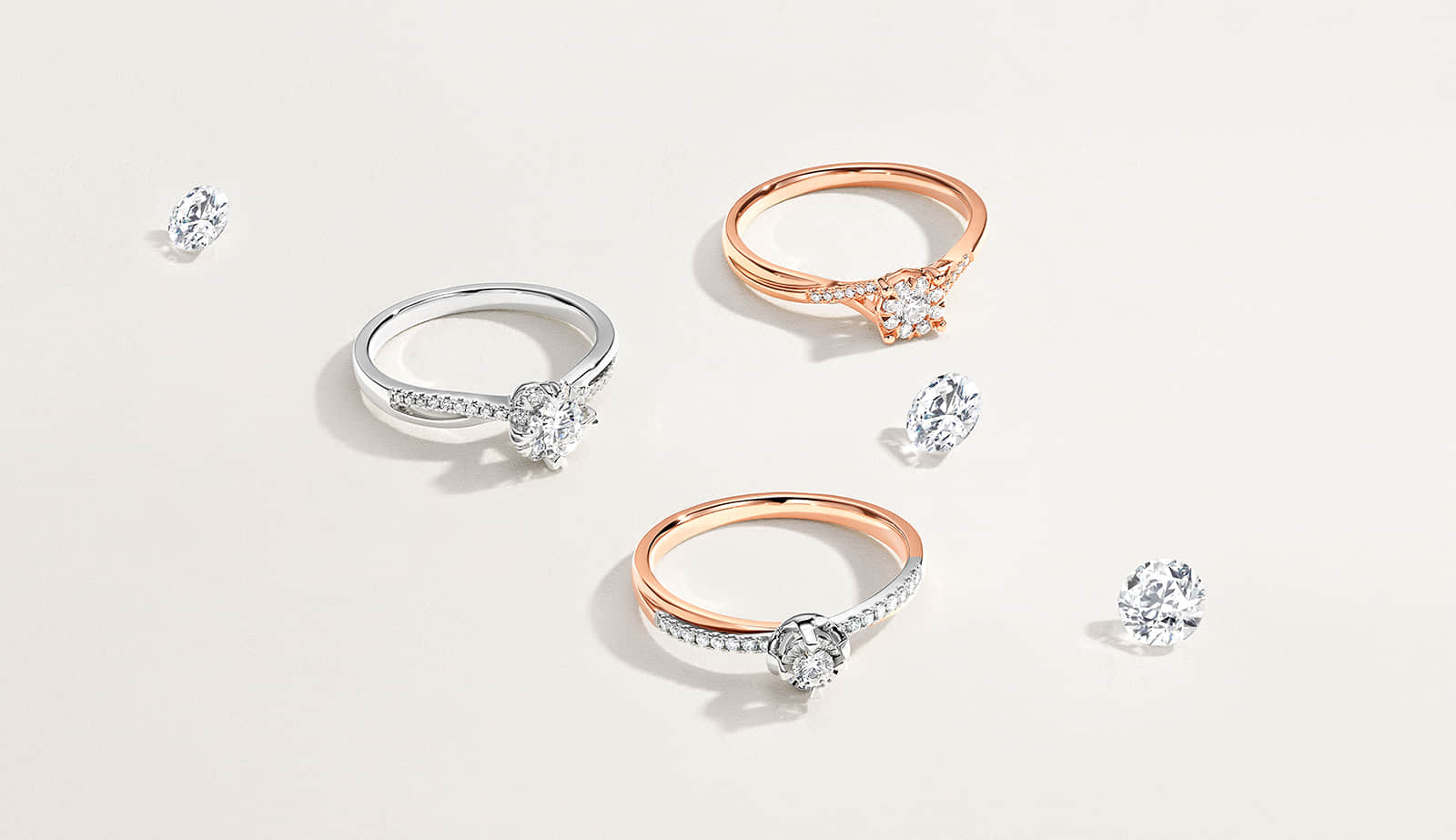
Darry Ring refuses to compromise on diamonds involved in conflict. We prioritize transparency, security and community involvement in the Darry Ring diamonds supply chain to ensure that each Darry Ring diamond benefits every single participant.
Browse through our collection of diamond rings with ease and discover more DR engagement rings and wedding rings. We offer a variety of styles and metals to suit your personal taste. Each ID Verification Ring is crafted with exceptional quality and attention to detail, making it a symbol of your love that will last a lifetime.

